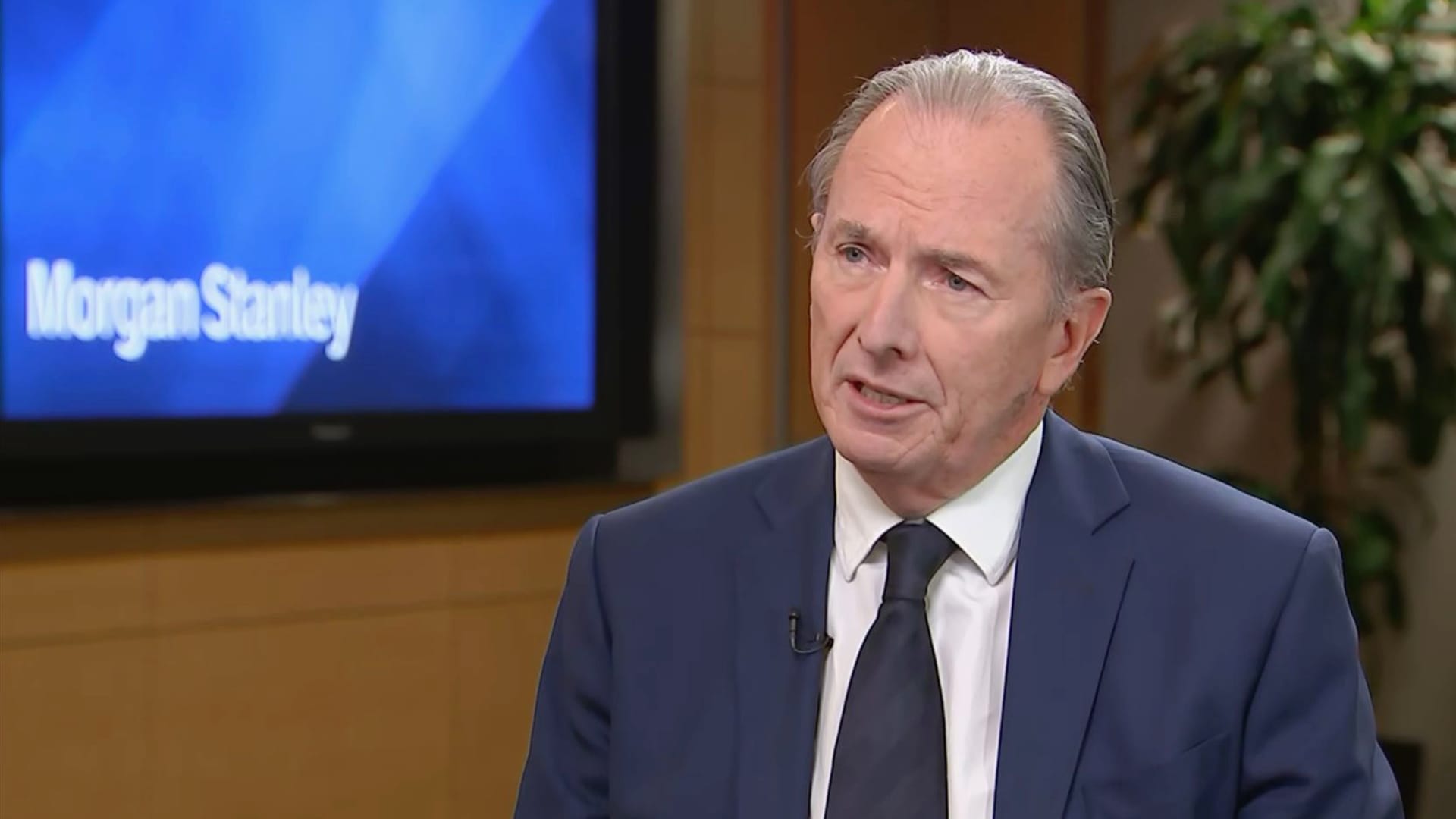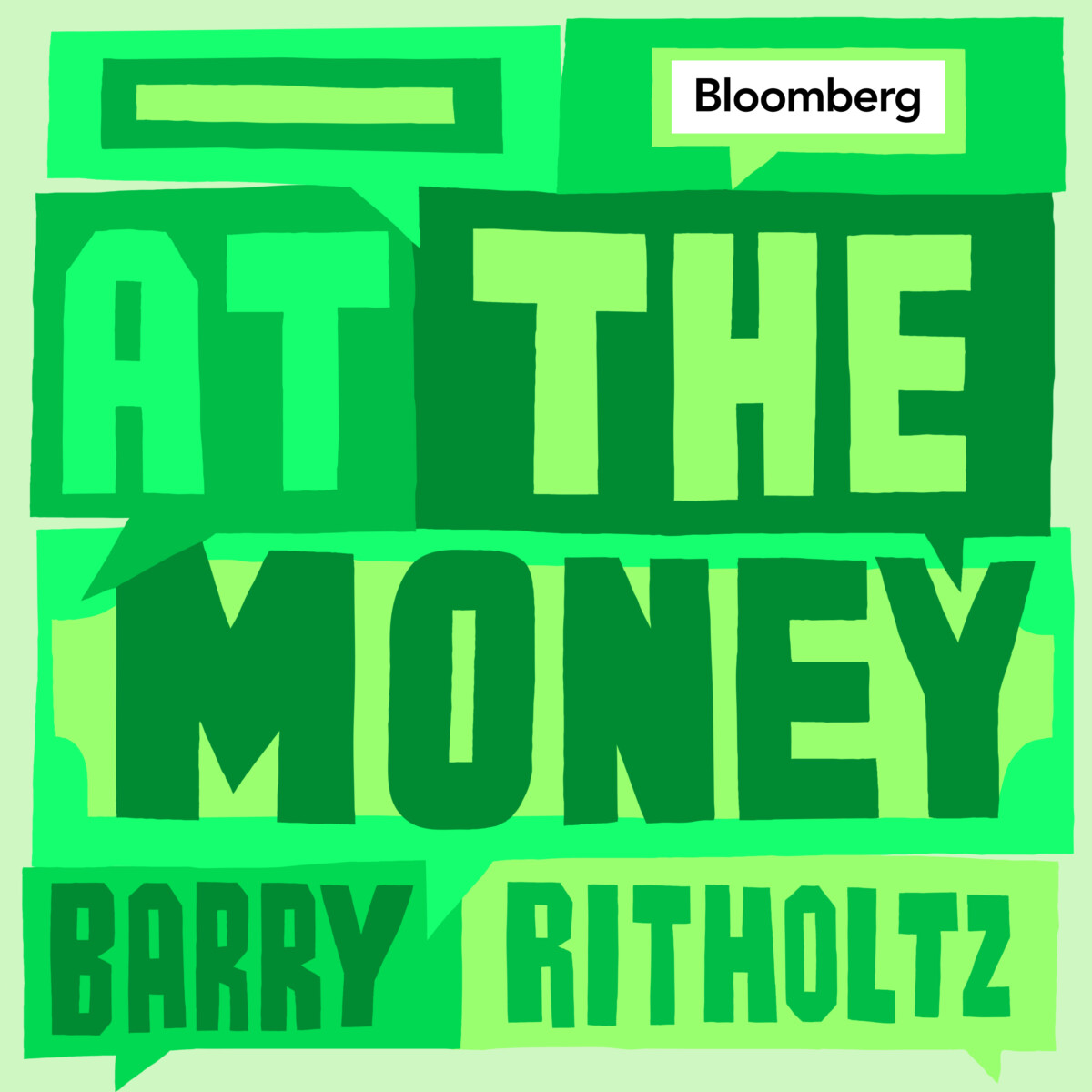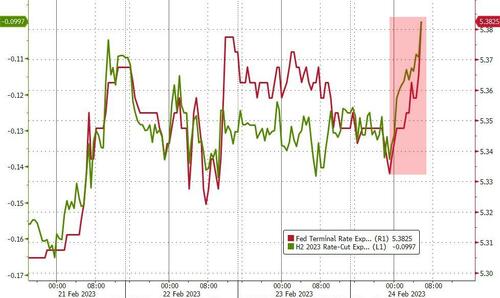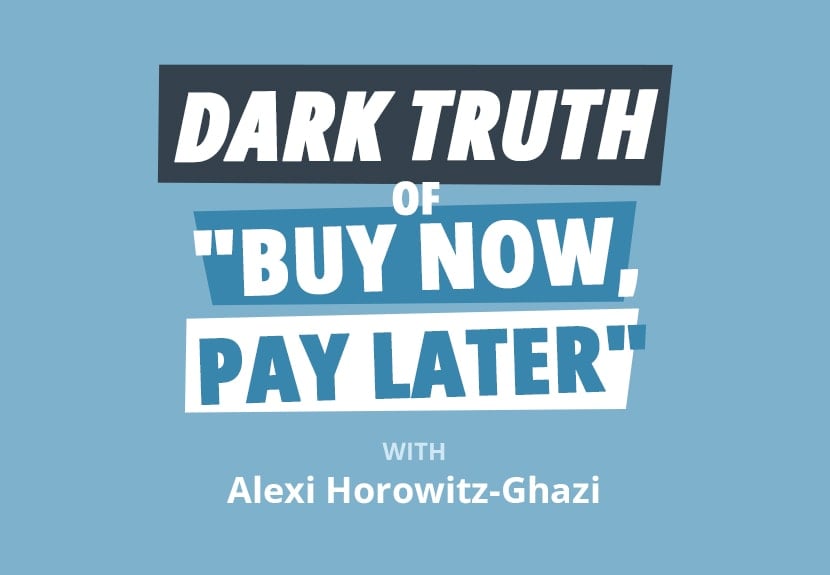Investment research usually follows a typical pattern…
A finance professor finds something interesting in the numbers. They publish a paper in a journal … and then years later, someone writes a book referencing the paper. The research idea stops working when the book comes out.
The January effect in small-cap stocks illustrates this pattern.
The January effect is the tendency for small-cap stocks to outperform the broader market during the month of January. Traders knew about this pattern by the 1940s. Back then, it was first described by an investment manager.
In 1981, a paper in the Journal of Financial Economics quantified the observation.
Results remained strong in January for a few more years. In 1987, two investment managers published The Incredible January Effect: The Stock Market’s Unsolved Mystery.
Author Burton Malkiel explained in the classic A Random Walk Down Wall Street: “Investors and especially stockbrokers, with visions of large commissions dancing around in their heads, designed strategies to capitalize on this ‘anomaly’ believed to be so dependable.”
That may be sarcasm, but Malkiel concluded: “No sooner had it been discovered in the early 1980s, than it failed to work.”
Despite the lack of effectiveness, some investors still insist the January effect must be real.
They note that investors sell losing positions before year’s end to offset capital gains. This causes small-cap stocks to suffer losses. Tax rules allow investors to buy back into positions in 30 days. That buying drives prices up.
January effect fans also note that investors tend to have fresher capital to invest after New Year’s. Many direct funds disproportionately to small caps early in January.
Finally, pension fund assets move out of fixed income and back into equities in January, with small caps receiving an outsized allocation.
These are all rational arguments. But they don’t seem to hold up…
The Truth About Seasonal Strategies
In some years since the 1980s, small caps did outperform large caps in January. But the edge is rather small — on average, nowhere near the 10% a year suggested by early research.
Despite the underperformance, many investors continue to believe in the January effect.
This reveals a problem with trading seasonal strategies. They can stop working. The same is true for every investing strategy. There are years when value or momentum underperforms. Every strategy goes in and out of favor.
That’s why all strategies, even widely accepted principles of investing, should be tested. The testing should be continuously updated. The problem is that’s a lot of work, and few investors actually commit to that effort.
My team and I did the work to create one of my best innovations, the Apex Profit Calendar. It’s a seasonal strategy that uncovers top-performing stocks from sectors in their peak profit seasons.
We’ve invested the last 12 months and more than a $5 million in research, analyzing over 7,000 simulated trades and 20,000 hours of real market data from the last decade, toward the calendar’s creation.
And we update this research constantly … optimizing it to give us a real edge in the market. Trades from the calendar had the power to turn $10,000 into more than $2 million over the past decade.
I explain exactly how the calendar works to achieve such results, and share how you can benefit from 15 Apex Profit Seasons in my presentation here.
Regards,
Michael Carr
Editor, Precision Profits
















